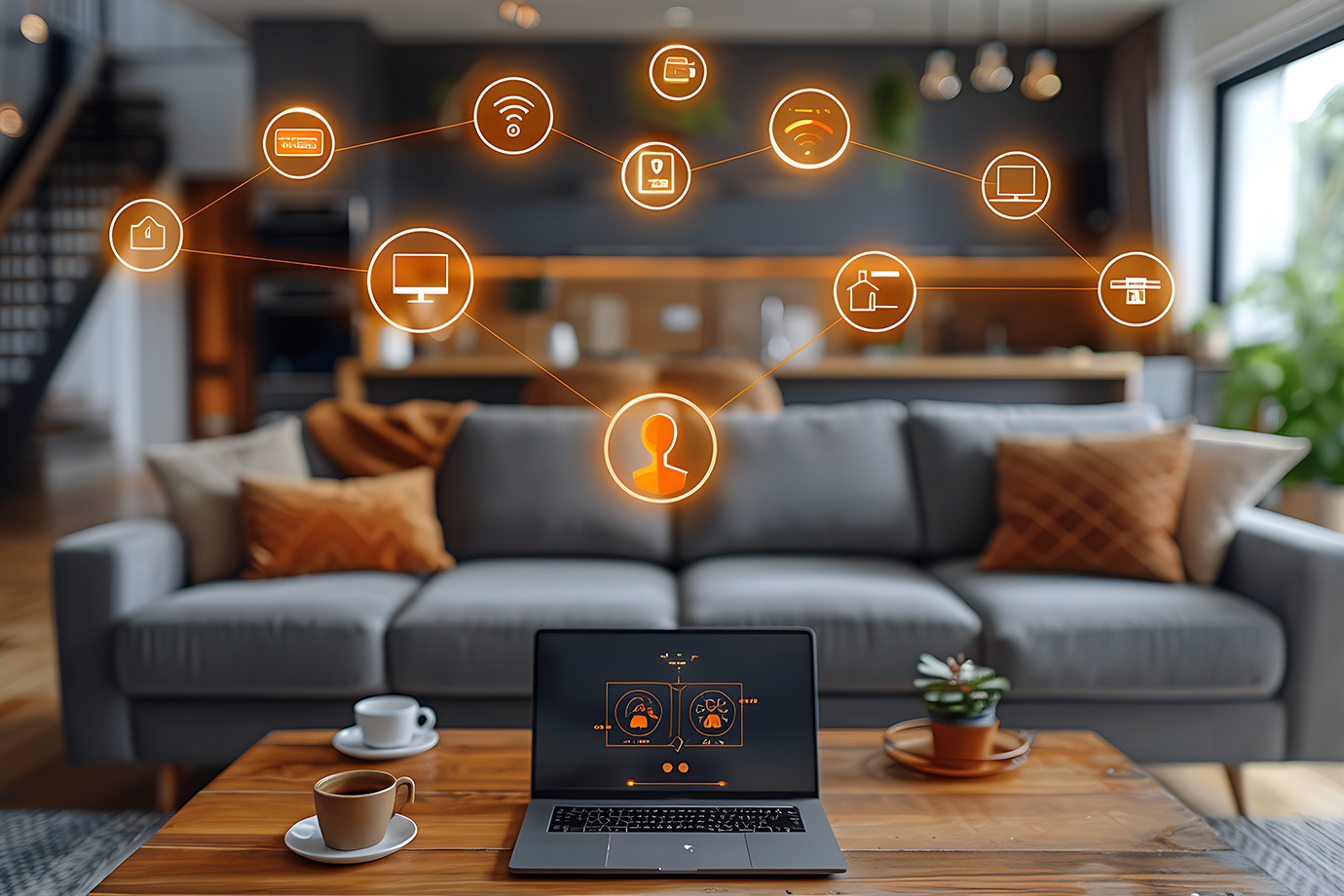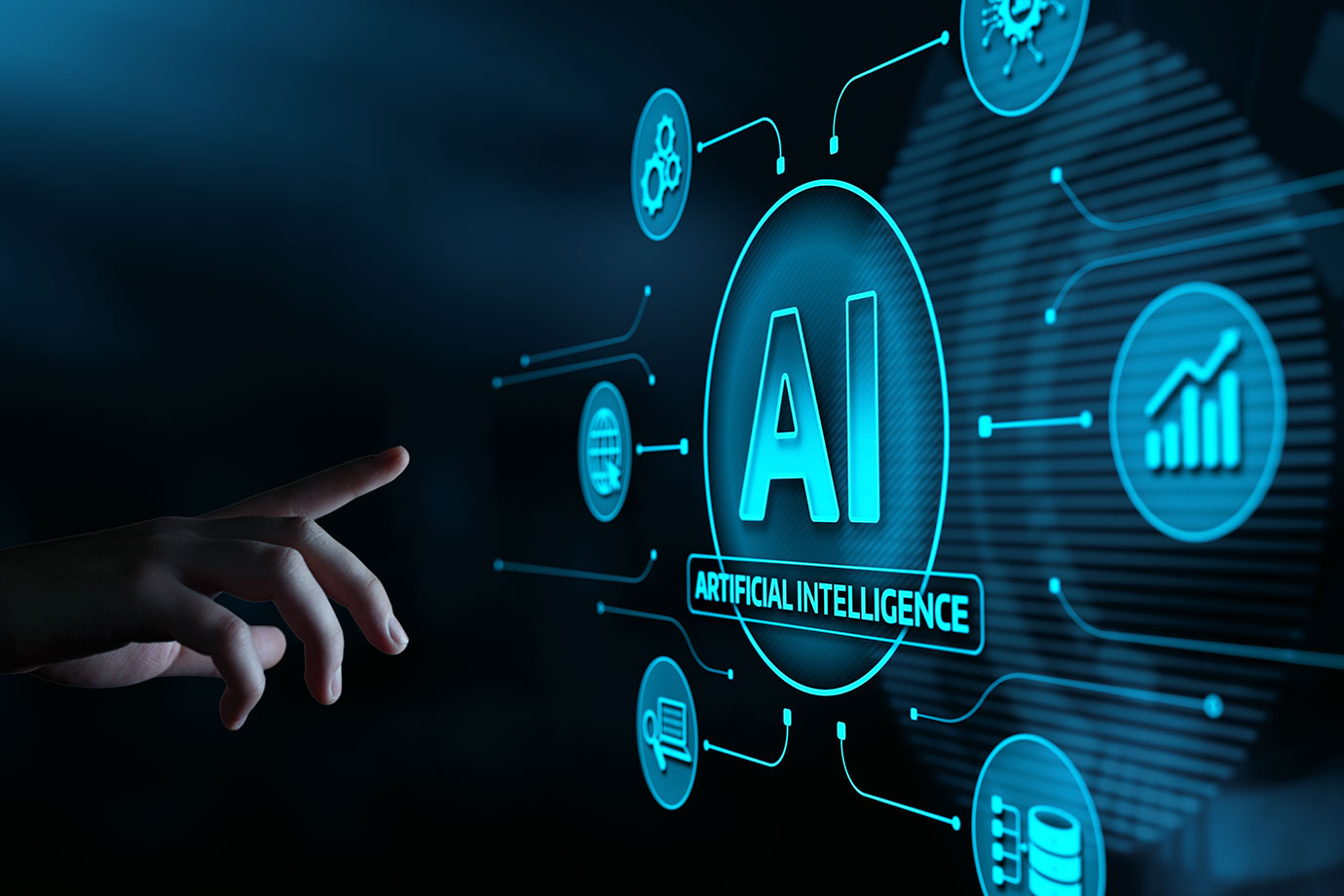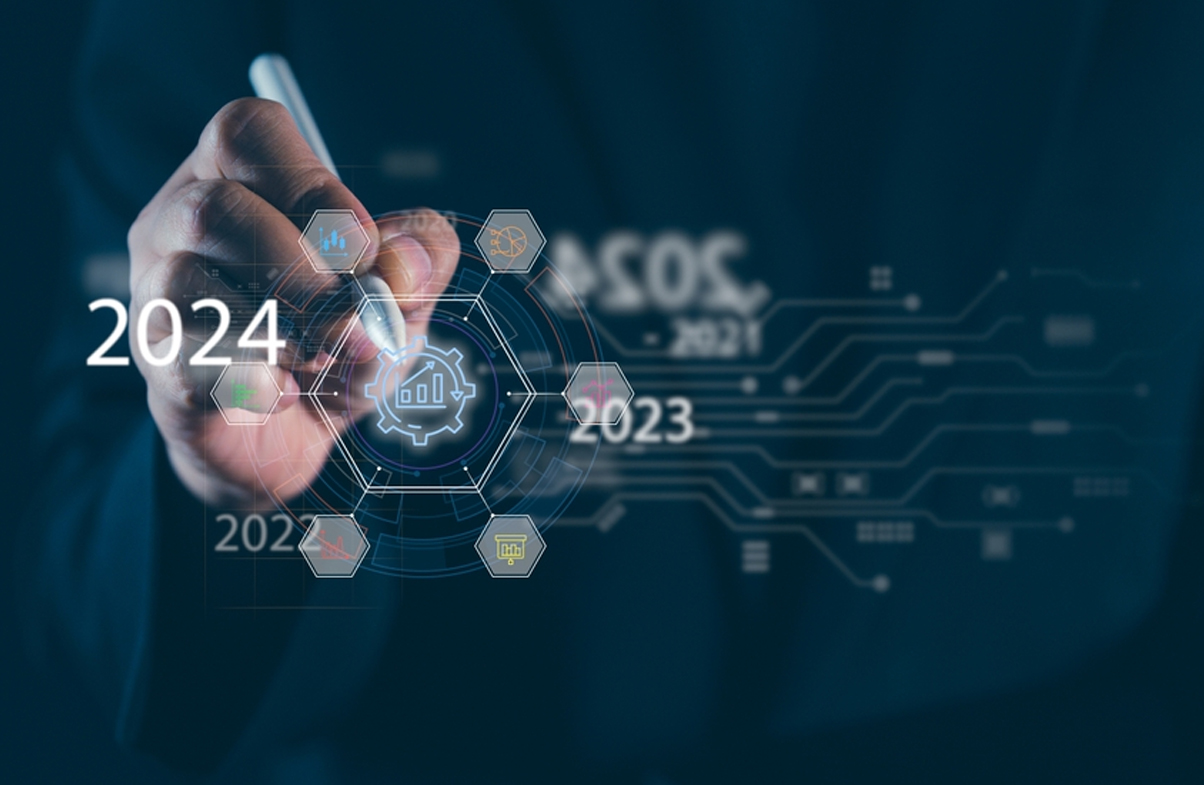IoT in Smart Homes: Real-Life Uses, Benefits, and Future Trends

25 Jun 2025
Think about returning home after a tiresome day, only to experience welcoming lights adjusting automatically while your favorite tunes gently play in the background, and the thermostat is already adjusted to your desired level. Such scenes were manifested in science fiction films, but now they are an IoT-powered reality.
The term Internet of Things (IoT) refers to a plethora of devices connected to the internet that include sensors, software, and other relevant technologies capable of collecting information as well as exchanging data. In terms of homes, IoT makes mundane appliances responsive and able to accomplish “smart” tasks with automation, such as melting your butter when required. This blog emphasizes how modern homes are equipped with IoTs, their notable advantages, along with any issues that may need addressing.
What is a Smart Home?
Smart homes utilize machine learning advanced features like entertainment systems, security cameras, among others, to control and manage everything within the house as well as automate various functions such as lighting or thermostats. Such appliances have interconnectivity capabilities that allow them to interface amongst themselves, making them controllable through voice prompts, mobile phones, or even tablets.
Key Features of a Smart Home:
- Remote Control: Operate devices using apps or voice commands
- Automation: Schedule or routine devices that turn on/off
- Data Collection: Devices learn based on user behavior to improve functionality
- Integration: Devices work together as part of an ecosystem (e.g., Alexa, Google Home, Apple HomeKit).
The goal is to provide a space that increases comfort, efficiency, and convenience.
Everyday Use Cases of IoT in Homes
1. Climate Control and Energy Management
By adapting to your routine and tastes, smart thermostats such as Nest or Ecobee reduce energy consumption and bill payments. They detect changes in weather and presence and adjust accordingly. HVAC systems and smart vents enhance temperature regulation and airflow even further.
Real-life scenario: Without your intervention, your thermostat lowers the temperature automatically once you depart for work and heats the home just in time for your return.
2. Lighting and Ambiance
Smart lights (such as Philips Hue and LIFX) allow users to control lighting remotely, change color temperature, and define scenes. Lights can be turned on when a person enters a space and off when the space is empty using motion sensors.
Example in real life: Create a (Movie Night) scene in which a single voice command dims the lights and closes the smart blinds.
3. Home Security and Monitoring
Motion detectors, smart locks (Yale, August), doorbells (Ring, Arlo), and IoT cameras provide remote viewing and real-time alerts. You can view who's visiting your doorstep, speak to them, and even unlock it from afar.
Real-life situation: Your intelligent security system alerts you to activity at your front door while you're away on vacation. You dial local emergency services using your smartphone, monitor the live feed, and converse with your doorbell.
4. Entertainment and Voice Assistants
Smart home central control points are voice-controlled products like Amazon Echo, Google Nest Hub, and Apple HomePod. These products can play music, read news headlines, control other devices, and respond to questions.
For instance, you can say, (Good morning, Alexa,) and your assistant would respond with weather information, news headlines, a summary of your day's schedule, and turn on the lights in the kitchen.
5. Appliances and Utility Automation
Smart refrigerators monitor stocks, recommend recipes, and remind you when milk is low. Robot vacuum cleaners clean according to schedule, and network-enabled washing machines alert you when your washing cycle is complete.
Real-life scenario: Your refrigerator senses that milk is low and reminds you, or in our preferred scenario, orders milk from your go-to grocery delivery app.
Advantages of Smart Homes
1. Convenience
Repetitive tasks are automated, saving effort and time. From setting reminders to changing the lights, convenience is essential.
2. Energy Efficiency
Automated devices adapt usage according to requirements. Smart thermostats, lights, and appliances help reduce energy bills.
3. Improved Security
Smart locks and cameras provide reassurance through real-time alerts and remote access. You can see and control who comes in and out of your house from anywhere.
4. Personalization and Customization
Preferences and routines can be customized for every member of a household, ranging from wake-up calls to room temperature.
5. Assistance for Elderly and Handicapped People
Hands-free control and automation can enhance accessibility and safety for people with mobility or cognitive impairments.
Challenges and Considerations
1. Privacy and Data Security
Smart devices gather sensitive information like location, habits, and even audio/video. If not secured, such data can be abused.
Solution: Employ encryption-enabled devices, two-factor authentication, and frequent firmware updates.
2. Device Compatibility
Not every device is compatible with every other device. Users will find themselves restricted when intermixing brands.
Solution: Stay within ecosystems such as Google, Amazon, or Apple for optimal compatibility.
3. Cost of Implementation
Investment at the onset can be steep, particularly for whole-home automation.
Solution: Begin small. Begin with smart bulbs or a thermostat and increase as need and budget demand.
4. Connectivity Issues
Smart devices rely heavily on internet stability. Power outages or slow connections can disrupt functionality.
Solution: Use mesh Wi-Fi systems and backup power for critical systems.
IoT's Potential in Homes
Since IoT is always changing, let's examine some new trends to keep an eye on:
- Matter Protocol: An all-encompassing standard for smart device compatibility that enables smooth brand integration.
- AI Integration: More intelligent learning from user actions to automate increasingly intricate tasks.
- Voice and Gesture Control: Improved comprehension of natural language and touchless communication.
- Predictive Automation: It refers to homes that react proactively, such as adjusting the thermostat in advance of a change in the weather.
With the growth of 5G and edge computing, we anticipate quicker response times, more intelligent decision-making, and less reliance on the cloud.
Conclusion: The Smart Home is the New Normal
Smart devices powered by the Internet of Things are transforming daily life. The benefits are significant and tangible, including enhanced security, energy conservation, and the development of highly personalized routines.
Of course, there are some disadvantages, mainly concerning privacy, expenses, and compatibility; however, for the majority, the benefits far outweigh the downsides. With thoughtful planning and gradual execution, anyone can enhance their home to be smarter, safer, and more responsive.
The intelligent future of home living is undoubtedly upon us, whether you are upgrading or starting anew.
Are you ready to create a smart home? NanoByte Technologies offers tailored IoT integration and home consulting services. Contact us today to transform your home into a smart living environment designed for you.





